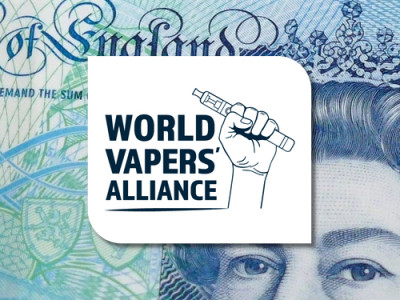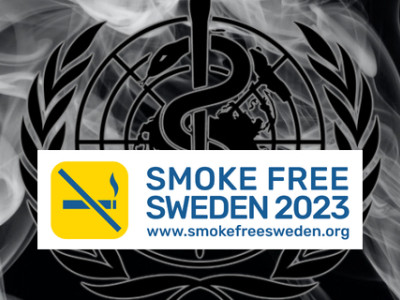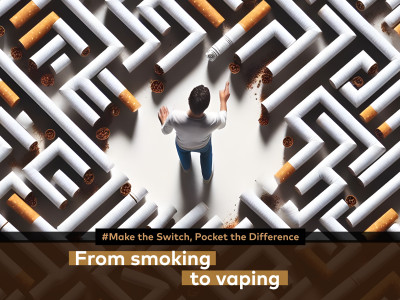The authors of NYTS 2019 say:
- An estimated 53.3% of high school students (8.0 million) and 24.3% of middle school students (2.9 million) reported having ever tried a tobacco product.
- Current (past 30-day) use of a tobacco product (i.e., electronic cigarettes [e-cigarettes], cigarettes, cigars, smokeless tobacco, hookahs, pipe tobacco, and bidis [small brown cigarettes wrapped in a leaf]) was reported by 31.2% of high school students (4.7 million) and 12.5% of middle school students (1.5 million)
- E-cigarettes were the most commonly cited tobacco product currently used by 27.5% of high school students (4.1 million) and 10.5% of middle school students (1.2 million), followed in order by cigars, cigarettes, smokeless tobacco, hookahs, and pipe tobacco
- E-cigarettes were the most commonly used flavoured tobacco product (68.8% of current e-cigarette users)
- Among students who reported ever having tried e-cigarettes, the three most commonly selected reasons for use were “I was curious about them” (55.3%), “friend or family member used them” (30.8%), and “they are available in flavours, such as mint, candy, fruit, or chocolate” (22.4%)
According to them, using a product once in the last thirty days makes the child a current user and they continue to treat vaping as if it was smoking.
Youtuber Matt Culley said: “Once again, the war on drugs tactics used to fight teen use have the opposite effect…the ‘vaping epidemic’ education campaign most likely just made them more curious and want to try it. We never learn…”
Paul Blair demanded a response from Secretary of the U.S. Department of Health & Human Services Alex Azar.
“It's beyond inexcusable that proponents of a ban on flavoured e-cigarettes cited flavours as a driving force behind youth use and those same people had this data suggesting such a claim was false. Curiosity is the single biggest factor driving youth vaping experimentation,” he wrote.
“About the same number of teens who report having used an e-cigarette in the last month said they did it in order to do tricks as did because of flavours. That's how stupid the flavour ban push is. It's not a significant driver behind teen use.”
Paul pointed out that the Food and Drug Administration were in possession of these facts when they met with Donald Trump, demanded a flavour ban and said it was the driver behind teen use. “They knew damn well that flavours weren't the driving force behind teen use,” added Paul. “That's reckless. In a legal trial, that's grounds for being disbarred.”
This is where Paul lays the blame for the so-called teen epidemic: “National news coverage of vaping skyrocketed in 2018, with hundreds of monthly stories about JUUL and this new ‘vaping epidemic’. This industry got unprecedented free advertising (also cited by teens!) by the national press. Additionally, we know that countless schools began ‘educating’ teens about the dangers of vaping, aided by posters and flyers provided by the FDA. The government put advertisements about vaping in public schools across the country.”
“At the same time, the FDA Commissioner spent countless hours going on television and writing op-eds about vaping. Those pieces fuelled even more local news stories about vaping, which unquestionably led to teen curiosity. So, combine many hours of free television stories (fairly described as advertisements), school lectures, seminars, and ‘vaping is bad’ posters in schools, and you get 55.3% of all teen users of e-cigarettes using them because they're curious. Who is to blame here, again?”
Who indeed?
Related:
- “Tobacco Product Use and Associated Factors Among Middle and High School Students — United States, 2019” by Wang, Gentzke, Creamer, Cullen, Holder-Hayes, Sawdey, Anic, Portnoy, Hu, Homa, Jamal, Neff - [link]
Photo Credit:
Image by Joseph Redfield Nino from Pixabay
Dave Cross
Journalist at POTVDave is a freelance writer; with articles on music, motorbikes, football, pop-science, vaping and tobacco harm reduction in Sounds, Melody Maker, UBG, AWoL, Bike, When Saturday Comes, Vape News Magazine, and syndicated across the Johnston Press group. He was published in an anthology of “Greatest Football Writing”, but still believes this was a mistake. Dave contributes sketches to comedy shows and used to co-host a radio sketch show. He’s worked with numerous vape companies to develop content for their websites.
Join the discussion
Harm Reduction For The Rich
The United Kingdom risks becoming a harm reduction country only for the wealthy, according to Michael Landl of the World Vapers’ Alliance
CAPHRA Highlights Tobacco Control Flaws
The Coalition of Asia Pacific Tobacco Harm Reduction Advocates highlights the flaws in tobacco control which has led to the rise of black market in Australia
A Missed Opportunity at COP10
The Smoke Free Sweden movement says that COP10 was a missed opportunity to save millions of lives
COP10: Promote Tobacco Harm Reduction
Experts with Smoke Free Sweden are emphasising the urgent need for a Tobacco Harm Reduction approach at COP10












